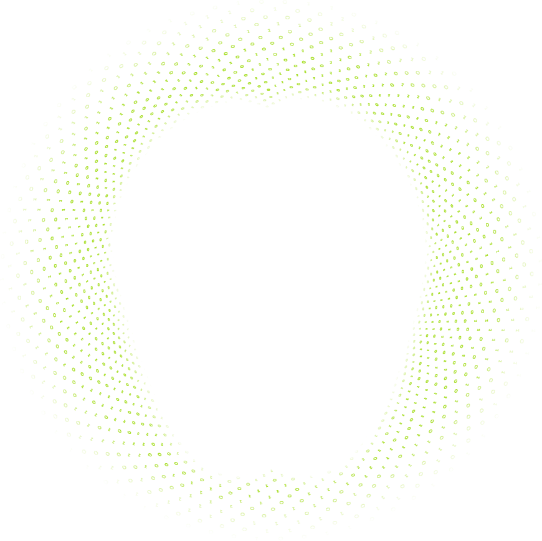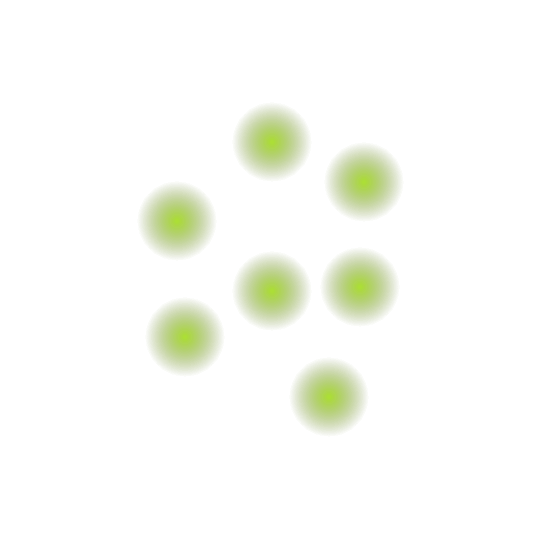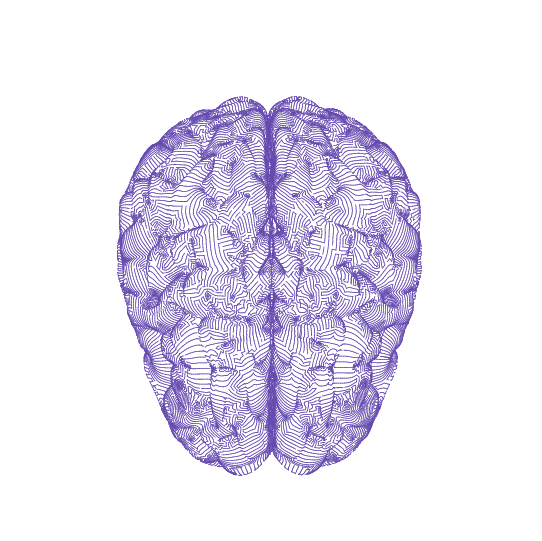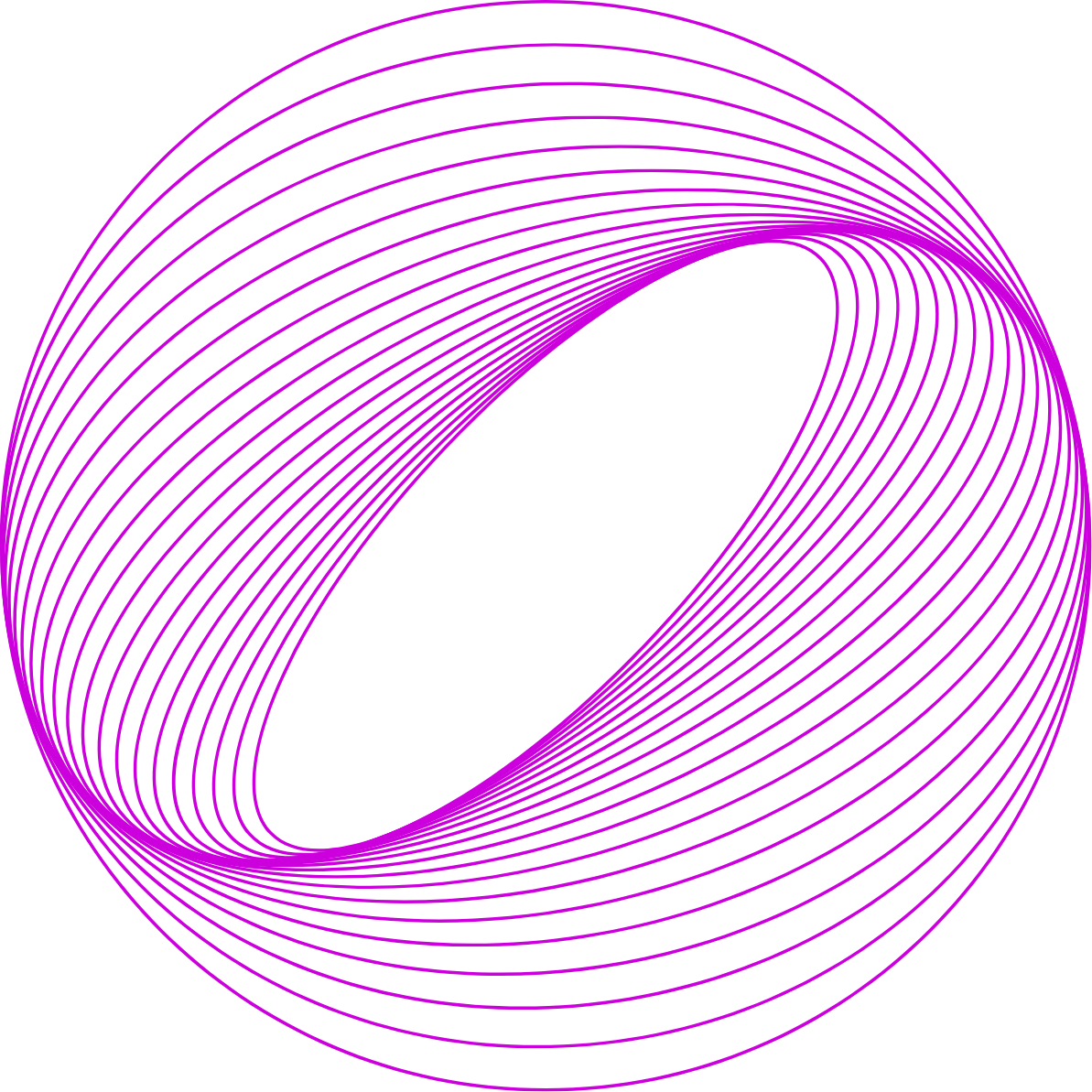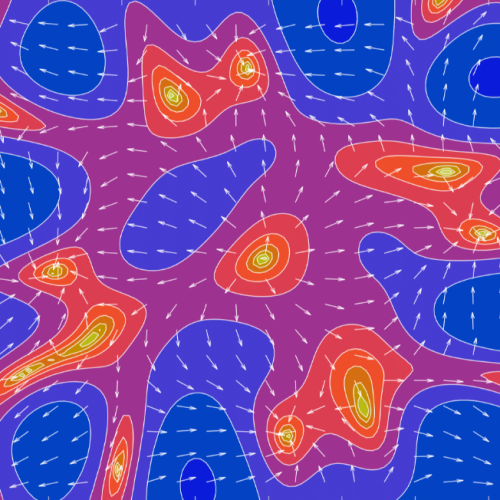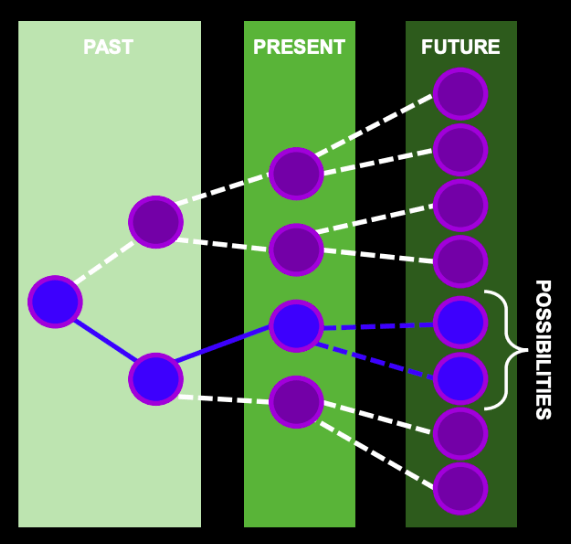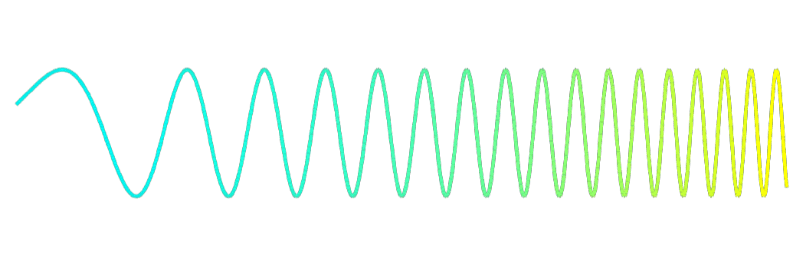The human brain is comprised of over 80 billion neurons, all communicating with one another via electrical pulses. These signals are commonly referred to as action potentials or spikes, and their combined activity brings rise to all of our cognitive function, movement, and perception. In order to suppress the unwanted effects of various neurological disorders, we require a means to intelligently manipulate these neural signals as desired. However, the current state-of-the-art methods are simplistic in nature and limited in what they can achieve. As such, we leverage the following five properties in our algorithm design, to better equip implantable brain computer interfaces (BCI) and neural stimulators for the next era of neural control.
